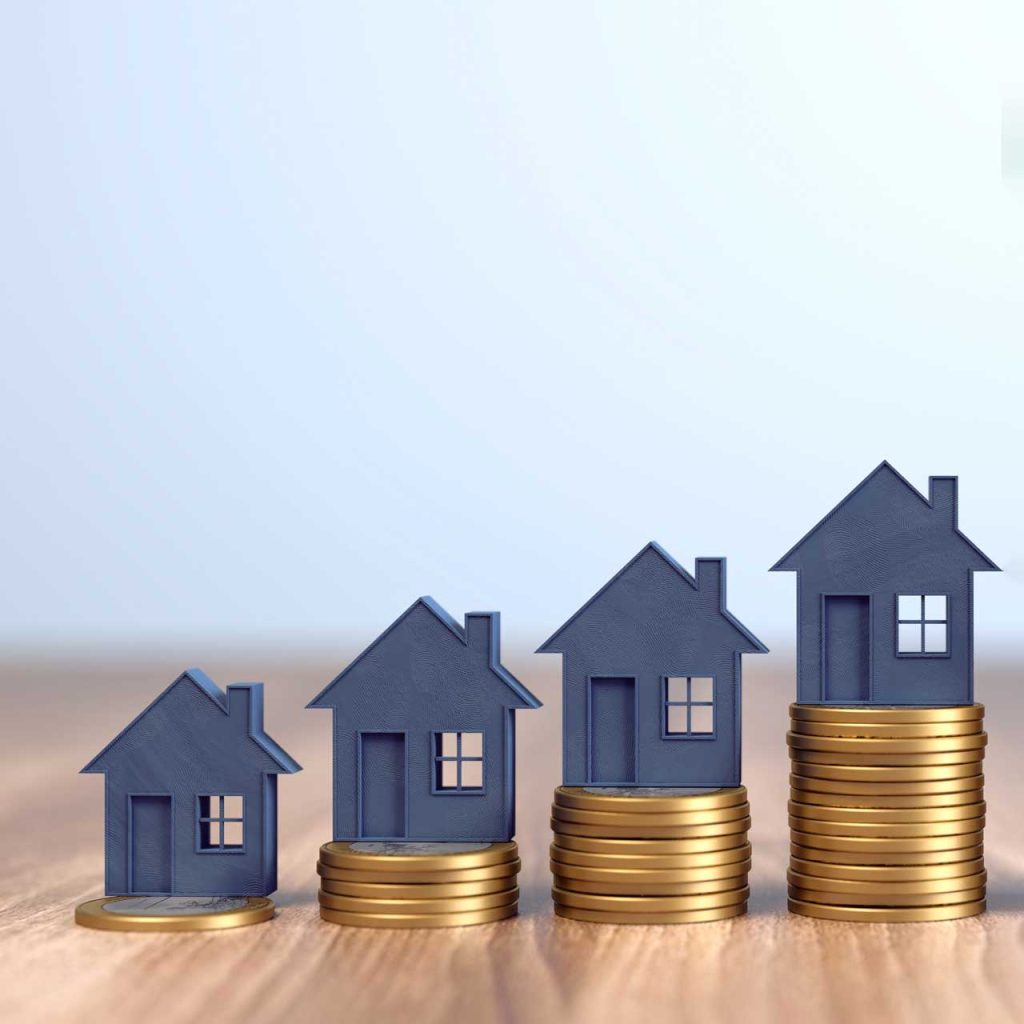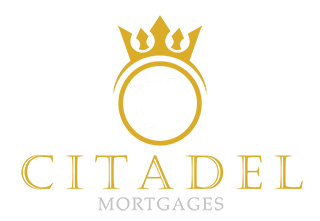Government Programs for Mortgage Assistance and their Eligibility Criteria
To qualify for government mortgage assistance in Canada, there are various programs and criteria to consider based on the provided sources.
Key Takeaways:
- Various government programs exist in Canada to assist with mortgages, such as the First-Time Home Buyer Incentive, Home Buyers’ Amount or Tax Credit, Home Buyers Plan, and more.
- Different regions offer unique programs to ease the burden of down payments, like the Affordable Home Ownership Program in Kitchener or the Home Ownership Program in New Brunswick.
- Mortgage payment deferral provides temporary relief for those facing financial difficulties, allowing them to postpone payments for a limited period, usually up to 4 months. However, eligibility criteria must be met, including maintaining a good payment history and facing financial challenges due to unforeseen circumstances.
Let’s dive into each one of the programs:
1. First-Time Home Buyer Incentive:
To qualify for this incentive, you need to be a first-time homebuyer, meaning you’ve never bought a home before or haven’t owned one in the past four years. Additionally, you must meet specific income and borrowing criteria, including a maximum annual income threshold and restrictions on the total borrowing amount.
Want to know if you meet the requirement as a First Time Home Buyer?
Try this calculator from National Housing Strategy.
To learn more about your custom requirements, reach out to Citadel Mortgages.
The First-Time Home Buyer Incentive makes your home purchasing journey easier and helps lighten your monthly mortgage burden. Through this program, you can receive an extra 5% or 10% of the down payment for your home, which you’ll repay to the government later based on the property’s market value at that time, with a maximum repayment amount set.
However, as per National Housing Strategy’s latest update, The First Time Home Buyer Incentive has been discontinued. Learn more here.
2. Home Buyers’ Amount or Tax Credit:
Also known as the first-time homebuyers’ tax credit, this allows first-time homebuyers in Canada to claim a $10,000 non-refundable income tax credit against their new home. The credit can result in up to a $1,500 tax rebate.
According to the CRA, to be eligible:
- You (or your spouse or common-law partner) acquired a qualifying home.
- You did not live in another home (inside or outside Canada) that you (or your spouse or common-law partner) owned in the year of acquisition or in any of the four preceding years (first-time home buyer) unless you are a person with a disability.Remember, only one of the spouses or common-law partners needs to meet both conditions to claim this amount.
3. Home Buyers Plan
So, here’s the deal with the Home Buyers’ Plan (HBP). It’s a handy program that lets you dip into your registered retirement savings plans (RRSPs) to find yourself a home, or even build one, as long as it meets the criteria. Right now, you can pull out up to $35,000 under this plan.
- So what are the conditions? Let’s look at the eligibility to participate in the program, according to the CRA:
- So, to qualify for this, you need to be considered a first-time homebuyer. However, if you’re helping out a specified disabled person, you’re exempt from this requirement.
- Next up, you’ll need a written agreement to buy or build a qualifying home. This could be for yourself or for the specified disabled person you’re assisting.
- Also, you have to be a resident of Canada throughout the entire process. This starts from your first eligible withdrawal from your RRSPs under the HBP until you finally buy or build the qualifying home.
- Lastly, you should have the intention to occupy the qualifying home as your primary residence within a year after buying or building it. The same goes if you’re buying or building it for a specified disabled person – they’ll need to intend to move in within a year too.
For your RRSP withdrawals to eligible there are more conditions to be met. You can find all the details in the CRA website.
Oh, and one more thing – you’ve got some flexibility here. You can tap into your RRSP for the HBP while also making a qualifying withdrawal from your first home savings account (FHSA) for the same property. Just make sure you meet all the conditions when you make each withdrawal.
The Tax-Free Home Savings Account (FHSA)
A first home savings account (FHSA) is a registered plan that allows first-time homebuyers to save up for buying or building their first home without having to pay taxes on their savings, up to certain limits.
Now, if you set up an FHSA in 2023, you can claim up to $8,000 in FHSA contributions that you made by December 31, 2023, as an FHSA deduction on your 2023 income tax and benefit return.These are the eligibility criteria for opening a first home savings account (FHSA):
- You need to be 18 years of age or older. However, in certain provinces and territories where the legal age for entering into a contract is 19, you must be 19 or older to qualify.
- You should be 71 years or younger as of December 31 of the year you open your FHSA.
- You must be a resident of Canada.
- To qualify as a first-time homebuyer for the purpose of opening an FHSA, you need to meet the following conditions when you open the account:
- You haven’t lived in a qualifying home (or what would be a qualifying home if located in Canada) as your principal place of residence that you owned or jointly owned in the current calendar year or in the previous four calendar years.
- One of the following must be true:
- You haven’t lived in a qualifying home (or what would be a qualifying home if located in Canada) as your principal place of residence that your spouse or common-law partner owned or jointly owned in the current calendar year or in the previous four calendar years.
OR - You don’t have a spouse or common-law partner at the time you open the account.
- You haven’t lived in a qualifying home (or what would be a qualifying home if located in Canada) as your principal place of residence that your spouse or common-law partner owned or jointly owned in the current calendar year or in the previous four calendar years.
Down Payment Assistance Programs in Canada
Let’s talk about some cool down payment assistance programs that could make it easier for you to snag your dream home in specific regions of Canada:
Ontario: Kitchener
If you’re eyeing a new home in Kitchener, you’re in luck! The city’s got your back with its Affordable Home Ownership Program. Here’s how it rolls:
- They’ll lend you 5% of your home’s purchase price, interest-free and payment-free, as long as you call it home for at least 20 years.
- If you decide to move out earlier, you’ll have to pay back the loan based on 5% of your home’s current market value.
- To qualify, you need to be a resident of the Waterloo Region for at least 12 months, have a household income of no more than $101,300, and buy a home in the region for $506,000 or less.
Ontario: Barrie
Looking for a home in Barrie? Simcoe County might just have something for you. They offer a loan covering up to 10% of the purchase price, interest-free and without monthly payments.
The catch? You’ll need to share the same percentage of the property value with the county when you sell your home, unless you stick around for more than 20 years. Then, they forgive the loan.
To qualify, your household income should be no more than $75,100, and your home shouldn’t cost more than $462,645.
Quebec: Montreal
If you’re on the hunt for an affordable pad in Montreal, the Accès Condos program might pique your interest. They offer a 10% purchase credit, slashing your down payment to just $1,000. Plus, you can score some sweet financing deals from their partner financial institutions.
To qualify, you got to use the unit as your main place of residence.
Alberta: Calgary
Calgary’s Attainable Homes Program aims to help moderate-income earners own a piece of real estate by offering a grant that covers most of the down payment. You just need to fork out $2,000 upfront and meet the eligibility criteria. Keep in mind, though, it’s a shared equity program. When you sell your home, you need share a portion of the appreciation value with the program.
Manitoba: Some Rural Areas
If you’re eyeing a home in certain rural areas of Manitoba, the Homeownership Program might be your ticket to homeownership. They offer financial assistance in the form of a forgivable loan for the down payment and closing costs.
To be eligible, you need to meet certain criteria, like being a first-time homebuyer and having a total household income below the set limit.
New Brunswick
Low-income household in New Brunswick? The Home Ownership Program could be your saving grace. They provide financial assistance to help you buy or build a modest home. You can get a forgivable loan of up to 40% of the purchase price of an existing home or up to 50% of the construction cost of a new one (up to $75,000).
To qualify, your household income should be $40,000 or less, and you should agree to use the home as your primary residence.
Nova Scotia
First-time homebuyer in Nova Scotia? Check out the Down Payment Assistance Program (DPAP). It offers interest-free loans of up to 5% of the purchase price of a home, up to a max of $25,000.
To qualify, your household income should be $145,000 or less, and you should be buying a home within the set price range.
Prince Edward Island (PEI)
Looking to buy your first home in PEI? Finance PEI’s Down Payment Assistance Program could lend a helping hand. Eligible applicants get a repayable loan of up to 5% of the purchase price of a new or existing home, up to $17,500.
To qualify, you need to meet certain criteria, like having a household income of $100,000 or less and living in the home as your primary residence.
Mortgage Payment Deferral:
So, picture this – ever heard of a mortgage payment deferral? It’s like a temporary lifeline if you’re facing some cash crunch. Here’s the lowdown: You strike a deal with your bank where you can press pause on your mortgage payments for a bit, usually up to 4 months. Sounds pretty sweet, right? But, here’s the kicker: Once that deferral period wraps up, you need hop back on the payment train. Plus, you’ll need to catch up on those missed payments you deferred.
Here are the conditions for getting a mortgage payment deferral, according to the Financial Consumer Agency of Canada:
- Your mortgage needs to be all caught up and in good shape – no missed payments or anything like that.
- It should be for the home you actually live in, your main residence.
- You’ve need be going through some serious financial struggles because of some unexpected stuff that’s come your way.
- And finally, you’re really on the brink of defaulting on your mortgage.
If you’re exploring these programs, consider reaching out to Citadel Mortgages for personalized guidance and support tailored to your specific requirements. With their expertise, navigating the complexities of government assistance programs can become much simpler. Don’t hesitate to take advantage of these resources to make your journey to homeownership smoother and more accessible.











